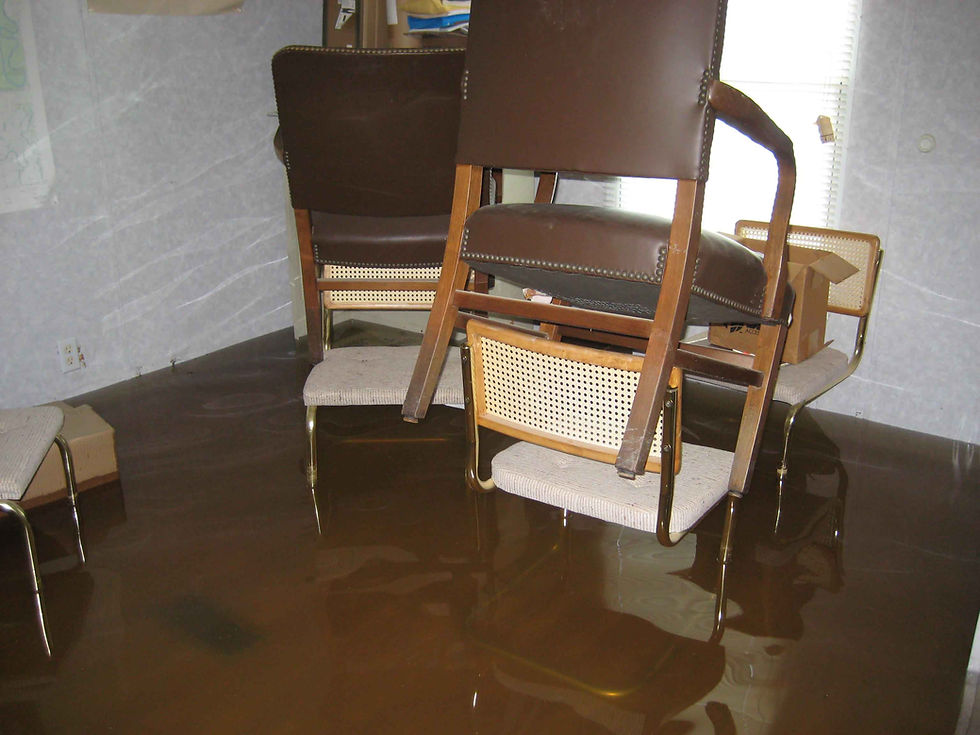PAYING TOO MUCH FOR FLOOD INSURANCE?

Many times each year, we get a “flood” of phone calls and e-mails from homeowners or home buyers looking to avoid the financial “hazard” of paying flood insurance. (Sorry. Too cheeky.) It really is not a laughing matter. Flood insurance costs can make or break a potential home sale or the ability to afford to stay in a home.
In 2012, the Federal Emergency Management Agency (FEMA) redrew the lines on their flood maps (Berks County and Lehigh Valley, PA areas). In some cases, homes that have never flooded in over 100 years, even during hurricanes, were designated to be in a flood insurance risk zone. Because of this map change, homeowners were federally mandated to pay thousands of dollars for flood insurance every year and many may never use it. However, some homeowners found that their homes were placed outside of the flood zone and got relief from paying flood insurance.
Most mortgage lenders are requiring flood insurance for homes determined to be or that might be in a FEMA flood zone. This also means that a homeowner that goes to refinance their home may find themselves having to pay for flood insurance even though they didn’t have to before. Also, people looking to purchase a home should ask the seller to disclose if the home is in a flood zone.
Many homeowner’s insurance policies come up for yearly renewal, and that’s when we get our flood of calls asking for our land surveying company to give them a quote for a FEMA Elevation Certificate survey. Before quoting, we need to determine what flood zone their building is in.
There are many Flood Zone designations, so for example, zones common in our Berks County, Pennsylvania area are Zones A, AE, and X. Flood Zones A1-A30 and Zone AE are areas FEMA has determined to be inundated by the 100-year flood. In these zones, a Base Flood Elevation (BFE) has been designated and our surveyors will measure the buildings lowest/base floor elevation for comparison to the BFE. Flood Zone A are areas inundated by the 100-year flood but there are no Base Flood Elevations determined. Some Zone X areas are those determined to be outside the 500-year floodplain.
It is important to understand that having an Elevation Certificate survey does not automatically remove a property from the flood hazard zone. In the case of a survey for a home in an AE zone, the elevation of the lowest floor of the home must be compared to the BFE. The surveyor will complete the Elevation Certificate and provide it to the homeowner who then forwards it to their insurance provider or financial institution who will take the information and, using their own calculation methods, determine if the building is out of the floodplain, or if the insurance rate can be reduced, stay the same, or needs increased. So, it can be a gamble, but if you’re one the people paying thousands of dollars a year, it might be worth it to try for the elevation certificate.
For buildings in an “A” Flood Zone, a Letter of Map Amendment (LOMA) is needed. In this scenario, the surveyor also measures the lowest floor elevation, but because there is no Base Flood Elevation determined, the LOMA form is completed by the surveyor and submitted to FEMA directly. FEMA will determine if the building is in or out of the floodplain. If determined that the building is out of the floodplain, FEMA will issue the LOMA and the homeowner will forward that letter to their insurance company or financial institution to prove that they don’t need to pay for coverage. Again, it’s still a gamble, but it may be worth it.
For more information on the National Flood Insurance Program (NFIP) and to see the flood maps for your area, visit FEMA’s Flood Map Service Center website at https://msc.fema.gov/portal
For a free estimate for an Elevation Certificate, LOMA, or other FEMA floodplain surveys, please contact Berks Surveying & Engineering, Inc. at 610-944-8528 or by e-mail to: info@berks-surveying.com














